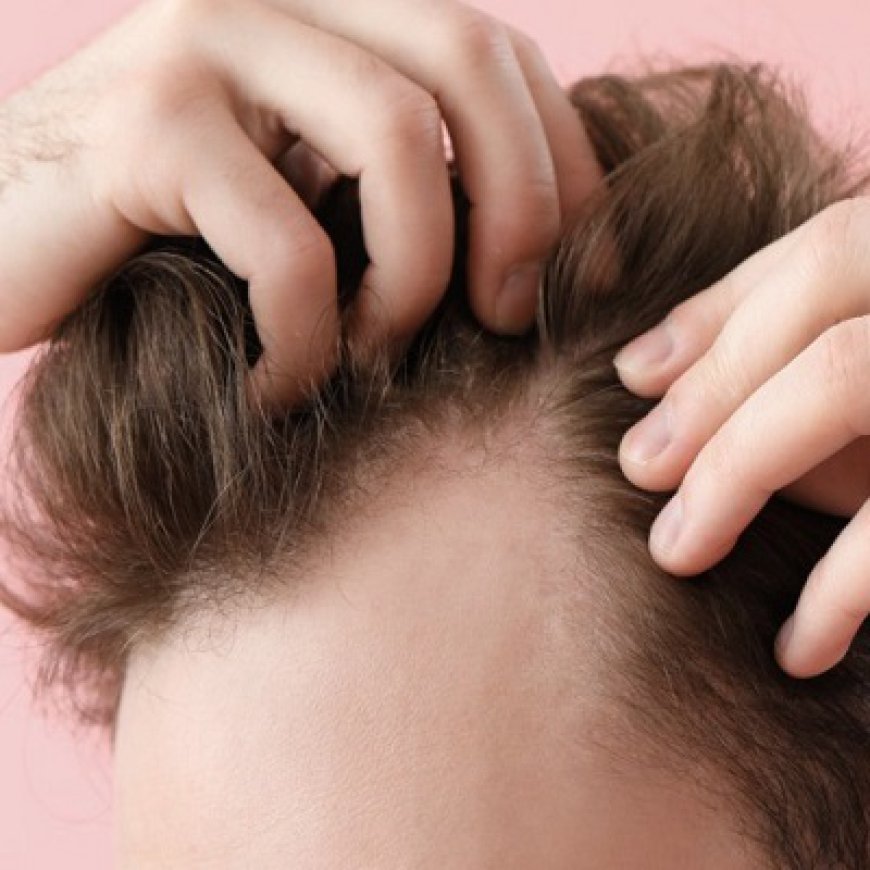Revitalize Your Hair with Transplants
Achieve natural, lasting hair restoration with advanced hair transplant techniques. Boost confidence and enjoy permanent results with minimal downtime.

Hair loss can profoundly impact self-esteem, prompting many to seek permanent solutions. Hair transplants are a leading choice for those looking to restore a fuller head of hair. This blog will guide you through how hair transplants work, their benefits, the procedure process, and what you can expect during recovery.
How Hair Transplants Work:
Hair transplants in Islamabad involve moving healthy hair follicles from a donor area (usually the back or sides of the scalp) to areas experiencing hair loss. Two primary techniques are used:
-
Follicular Unit Extraction (FUE): This method involves extracting individual hair follicles from the donor area using a tiny punch tool. These follicles are then transplanted into thinning or balding areas. FUE is minimally invasive, leaves minimal scarring, and has a shorter recovery time.
-
Follicular Unit Transplantation (FUT): Also known as the strip method, FUT involves removing a strip of skin from the donor area, from which hair follicles are extracted and transplanted into the recipient areas. While FUT may leave a linear scar, it can be effective for covering larger areas of hair loss.
Both methods provide natural-looking results, but the choice depends on your specific needs, hair loss patterns, and the recommendation of your surgeon.
Benefits of Hair Transplants:
Hair transplants offer several advantages:
-
Permanent Solution: Transplanted hair follicles continue to grow naturally, providing a long-lasting remedy for hair loss. Unlike temporary treatments, hair transplants offer a permanent solution.
-
Natural Appearance: Since the transplanted hair comes from your own scalp, the results blend seamlessly with existing hair, ensuring a natural look.
-
Minimal Maintenance: After the initial recovery period, the transplanted hair requires no special care. It grows and behaves like the rest of your hair, allowing you to style it as you wish.
-
Boosted Confidence: A fuller head of hair can significantly enhance self-esteem. Many people report increased confidence and satisfaction with their appearance after a successful hair transplant.
The Hair Transplant Procedure:
-
Consultation: Your journey begins with a consultation where the surgeon assesses your hair loss, reviews your medical history, and recommends the most suitable technique. They will also discuss your expectations and desired outcomes.
-
Preparation: On the day of the surgery, local anesthesia is administered to numb the donor and recipient areas, ensuring comfort throughout the procedure.
-
Extraction and Transplantation: Depending on the chosen method (FUE or FUT), the surgeon will either extract individual follicles or a strip of skin from the donor area. These follicles are then carefully implanted into the balding or thinning areas of the scalp.
-
Recovery: Post-procedure, you may experience mild discomfort or swelling, which typically resolves within a few days. Most patients resume normal activities within a week. Adhering to aftercare instructions is crucial for optimal healing.
-
Results: New hair growth begins within a few months, with full results visible after 9 to 12 months. The transplanted hair will continue to grow naturally, offering long-term results.
Ideal Candidates for Hair Transplants:
Ideal candidates for hair transplants generally:
-
Have Sufficient Donor Hair: Effective hair transplants require a healthy supply of hair follicles in the donor area.
-
Have Stable Hair Loss: The best results are achieved when hair loss is stable. Ongoing hair loss may necessitate additional treatments.
-
Are in Good Health: Overall health can impact the healing process, so being in good condition is important.
-
Have Realistic Expectations: Understanding that hair transplants can significantly improve hair density but may not prevent future hair loss in untreated areas is essential.
Post-Procedure Care:
Proper aftercare is vital for a successful hair transplant:
-
Avoid Intense Activity: Refrain from vigorous exercise for at least a week after surgery to avoid disrupting the transplanted follicles.
-
Follow Washing Guidelines: Gently wash your scalp according to your surgeon’s instructions to prevent dislodging the grafts.
-
Protect Your Scalp from Sun: Shield your scalp from direct sunlight to minimize irritation and support healing.
-
Attend Follow-Up Visits: Regular check-ups with your surgeon help monitor progress and address any issues.
Conclusion:
Hair transplants provide a durable and effective solution for those dealing with hair loss. Whether you opt for FUE or FUT, both techniques can deliver natural-looking results that enhance your appearance and boost your confidence. Consulting with a skilled surgeon and following proper aftercare will help you achieve a fuller head of hair and a renewed sense of self. If you’re considering a hair transplant, explore your options with a specialist to begin your path to hair restoration.
For more information visit Dynamic Clinic PK
